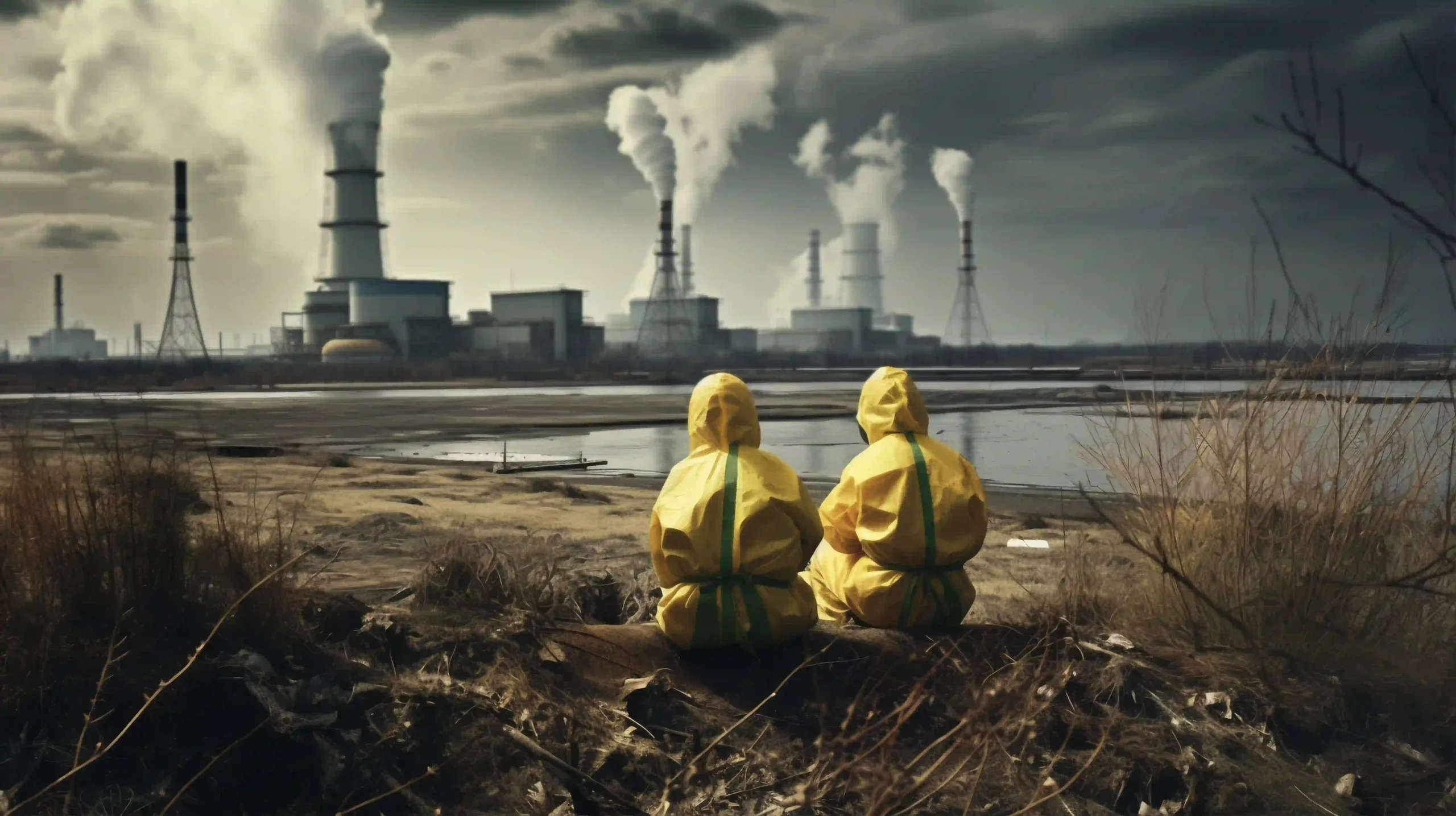Air pollution is one of the most pressing environmental issues we face today, affecting millions of people across the United States. It poses serious health risks, contributes to climate change, and impacts the natural world. However, there are numerous solutions that can help reduce air pollution and improve air quality for future generations. In this blog, we will explore effective strategies to combat air pollution, focusing on individual actions, community initiatives, and policy changes.
Understanding Air Pollution
Before diving into solutions, it’s essential to understand what air pollution is. Air pollution refers to the presence of harmful substances in the atmosphere, including particulate matter (PM), nitrogen oxides (NOx), sulfur dioxide (SO2), carbon monoxide (CO), and volatile organic compounds (VOCs). These pollutants can originate from various sources, including vehicle emissions, industrial processes, and agricultural activities.
In the U.S., the Environmental Protection Agency (EPA) monitors air quality and sets standards to protect public health. Despite significant progress in reducing air pollution over the past few decades, certain areas still experience unhealthy levels, particularly in urban settings.
Individual Actions to Reduce Air Pollution
- Reduce Vehicle Emissions
One of the most significant contributors to air pollution is vehicle emissions. You can help reduce your carbon footprint by:- Carpooling or using public transportation: Sharing rides or utilizing transit options can drastically cut down on the number of vehicles on the road.
- Opting for electric or hybrid vehicles: These cars produce fewer emissions than traditional gasoline vehicles.
- Walking or biking for short trips: Not only is this healthier for you, but it also helps decrease traffic congestion and pollution.
- Conserve Energy at Home
Energy production is another major source of air pollution. Here are some ways to minimize your energy use:- Use energy-efficient appliances: Look for the ENERGY STAR label when purchasing new appliances.
- Implement smart home technologies: Programmable thermostats and smart power strips can reduce energy consumption.
- Switch to renewable energy sources: If possible, consider installing solar panels or opting for green energy plans from your utility provider.
- Choose Sustainable Products
The products you buy can have a significant impact on air quality. To make a difference:- Opt for low-VOC paints and cleaning supplies: These products emit fewer harmful chemicals into the air.
- Support local and sustainable businesses: Buying locally reduces transportation emissions and supports the community.
Community Initiatives
- Urban Green Spaces
Cities across the U.S. are recognizing the importance of green spaces in improving air quality. Trees and plants absorb CO2 and other pollutants, providing cleaner air. Communities can:- Advocate for the creation of more parks and green roofs.
- Participate in local tree-planting initiatives to enhance urban forestry.
- Public Awareness Campaigns
Raising awareness about air pollution and its effects is crucial. Communities can:- Organize workshops and seminars on air quality issues and solutions.
- Use social media platforms to share information and engage citizens in local efforts.
- Support Local Regulations
Communities can push for local ordinances aimed at reducing pollution, such as:- Implementing stricter emissions standards for vehicles and industries.
- Promoting initiatives that encourage the use of public transportation and cycling.
Policy Changes for Cleaner Air
- Strengthening Environmental Regulations
The federal government, through the EPA, plays a vital role in regulating air quality. Advocating for stronger regulations can lead to:- Tighter restrictions on industrial emissions.
- Increased funding for air quality monitoring and improvement programs.
- Investing in Renewable Energy
Transitioning to renewable energy sources is crucial for reducing air pollution. Policymakers can:- Provide incentives for businesses and homeowners to adopt solar, wind, and other clean energy technologies.
- Support research and development of new clean energy solutions.
- Promoting Public Transportation
Expanding public transit options can significantly reduce the number of cars on the road. Policies can include:- Increasing funding for public transit infrastructure.
- Implementing programs that encourage the use of public transportation, such as subsidized fares.
The Role of Businesses
Businesses also play a crucial role in addressing air pollution. They can:
- Implement sustainable practices, such as reducing waste and minimizing emissions.
- Invest in cleaner technologies and processes.
- Educate employees about the importance of reducing their environmental impact.
Conclusion
Solutions to air pollution require a multifaceted approach. By taking individual actions, participating in community initiatives, advocating for policy changes, and supporting sustainable practices in business, we can work together to combat air pollution. Cleaner air is not just a dream—it’s an achievable goal that will improve health, enhance quality of life, and protect our planet for future generations.
Call to Action
Join the fight against air pollution today! Share this blog, participate in local initiatives, and make sustainable choices in your daily life. Together, we can breathe easier and build a healthier future.






One Response